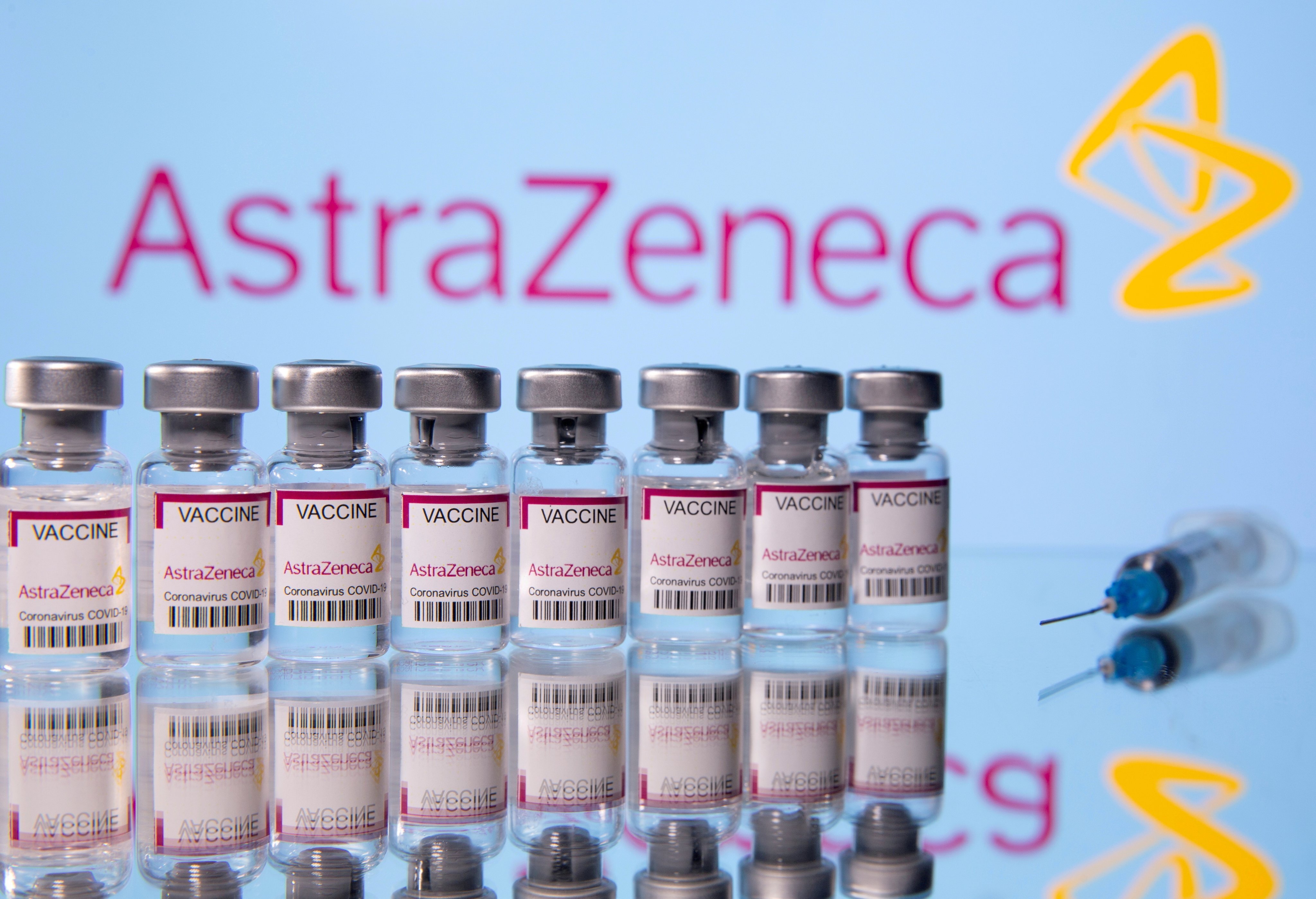The COVID-19 Pandemic
A Timeline from the start to now

Dec. 12, 2019
A cluster of patients in Wuhan, Hubei Providence, China begin to experience shortness of breath and fever.

Dec. 31, 2019
The World Health Organization China Country Office is informed of a number cases of pneumonia of unknown etiology (unknown cause) detected in Wuhan, Hubei Province. All cases connected to the Huanan Seafood Wholesale Market in Wuhan.

Jan. 9, 2020
At this point, the World Health Organization (WHO) still has doubts about the roots of what would become the COVID-19 pandemic, noting that the spate of pneumonia-like cases in Wuhan could have stemmed from a new coronavirus. There are 59 cases so far, and travel precautions are already at the forefront of experts’ concerns.

Jan. 21, 2020
A Washington state resident becomes the first person in the United States with a confirmed case of the 2019 novel coronavirus, having returned from Wuhan on January 15, thanks to overnight polymerase chain reaction testing. The CDC soon after deploys a team to help with the investigation, including potential use of contact tracing.

Jan. 31, 2020
With a worldwide death toll of more than 200 and an exponential jump to more than 9800 cases, the WHO finally declares a public health emergency, for just the sixth time. Human-to-human transmission is quickly spreading and can now be found in the United States, Germany, Japan, Vietnam, and Taiwan. In the coming days after, global air travel becomes restricted in many countries.

Feb. 25, 2020
Twenty-one people of just 46 tested aboard a cruise ship carrying more than 3500 people off the California coast test positive for COVID-19, with 19 being crew members. The ship is held at sea instead of being allowed to dock in San Francisco while testing is conducted. Since the event, 60 passengers have sued the cruise line and parent company, Carnival Corp, for gross negligence in how passenger safety was handled.

Mar. 11, 2020
In declaring COVID-19 a pandemic, Tedros Adhanom Ghebreyesus, director general of WHO, said at a briefing in Geneva the agency is “deeply concerned by the alarming levels of spread and severity” of the outbreak. He also expressed concern about “the alarming levels of inaction.”

Apr. 28, 2020
As the pandemic lingers, the term “deferred care” caught fire in health care circles—referring to the fact that many would avoid a doctor’s office or hospital for any procedure that could wait. But a Gallup poll finds a darker side to this phenomenon: 1 in 7 Americans report they would not seek care for a fever or dry cough—the classic symptoms of COVID-19. The reason? Cost concerns. Those most likely to avoid medical treatment for symptoms are younger than age 30 and make less than $40,000 a year. By the end of April, 26.5 million Americans have filed for unemployment since mid-March.

May. 28, 2020
The CDC says surpassing 100,000 deaths is a “sobering development and a heart-breaking reminder of the horrible toll of this unprecedented pandemic.” It asks that Americans continue following local and state guidance on prevention strategies, such as social distancing, good hand hygiene, and wearing a face mask while in public.

Jul. 21, 2020
Two experimental vaccines, one from AstraZeneca and the other from CanSino Biologics, show promising results against COVID-19. The interim results of AstraZeneca’s phase 1/2 COV001 trial of AZD1222 show that the vaccine was tolerated and generated robust immune responses against the virus in all participants who were evaluated. In the CanSino Phase 2 trial, the vaccine induced significant neutralizing antibody responses, with as many as 95% of patients showing either cellular or humoral immune responses at day 28 post vaccination.

Nov. 9, 2020
After former Vice President Joe Biden is determined to be the president-elect on November 7, he announces the names of the scientific, medical, and public health professionals who will serve on his Transition COVID-19 Advisory Board. The same day, Pfizer releases data from its COVID-19 vaccine trial showing that the vaccination was 90% effective.

Dec. 14, 2020
Sandra Lindsay, a nurse in New York, becomes the first American outside a clinical trial to receive the COVID-19 vaccine.

Apr. 21, 2021
In early March, President Joseph Biden announces a federal vaccine website where users can find vaccines near them. He also directs all states, tribes, and territories to make all adults eligible for the vaccine by May 1st. Biden doubled his initial goal of 100 million vaccinations in his first 100 days and called it "an incredible achievement for the nation."

Jun. 23, 2021
In a White House briefing yesterday, Anthony Fauci, MD, underscored growing concern over the COVID-19 delta variant, according to Forbes, which has grown in prevalence from 9.9% of new cases just 2 weeks ago to 20% this week in the United States. The expanding threat from delta, which Fauci now calls “the greatest threat in the US in our attempt to eliminate COVID-19,” also now accounts for more than 90% of new COVID-19 cases in the United Kingdom. This news comes as the White House announced that President Biden’s goal of 70% of adults having at least 1 COVID-19 vaccine dose by July 4 will not be met.

Nov. 26, 2021
On 26 November 2021, WHO designated the variant B.1.1.529 a variant of concern, named Omicron. The CDC has been actively monitoring and preparing for this variant, and they will continue to work diligently with other U.S. and global public health and industry partners to learn more. Despite the detection of Omicron, Delta remains the predominant strain in the United States.